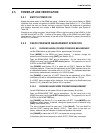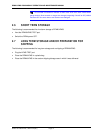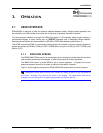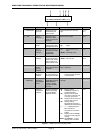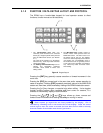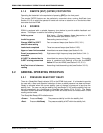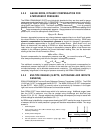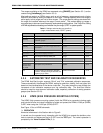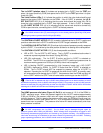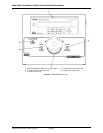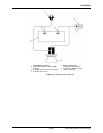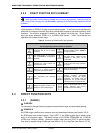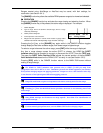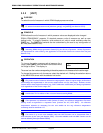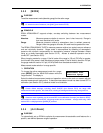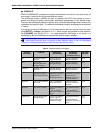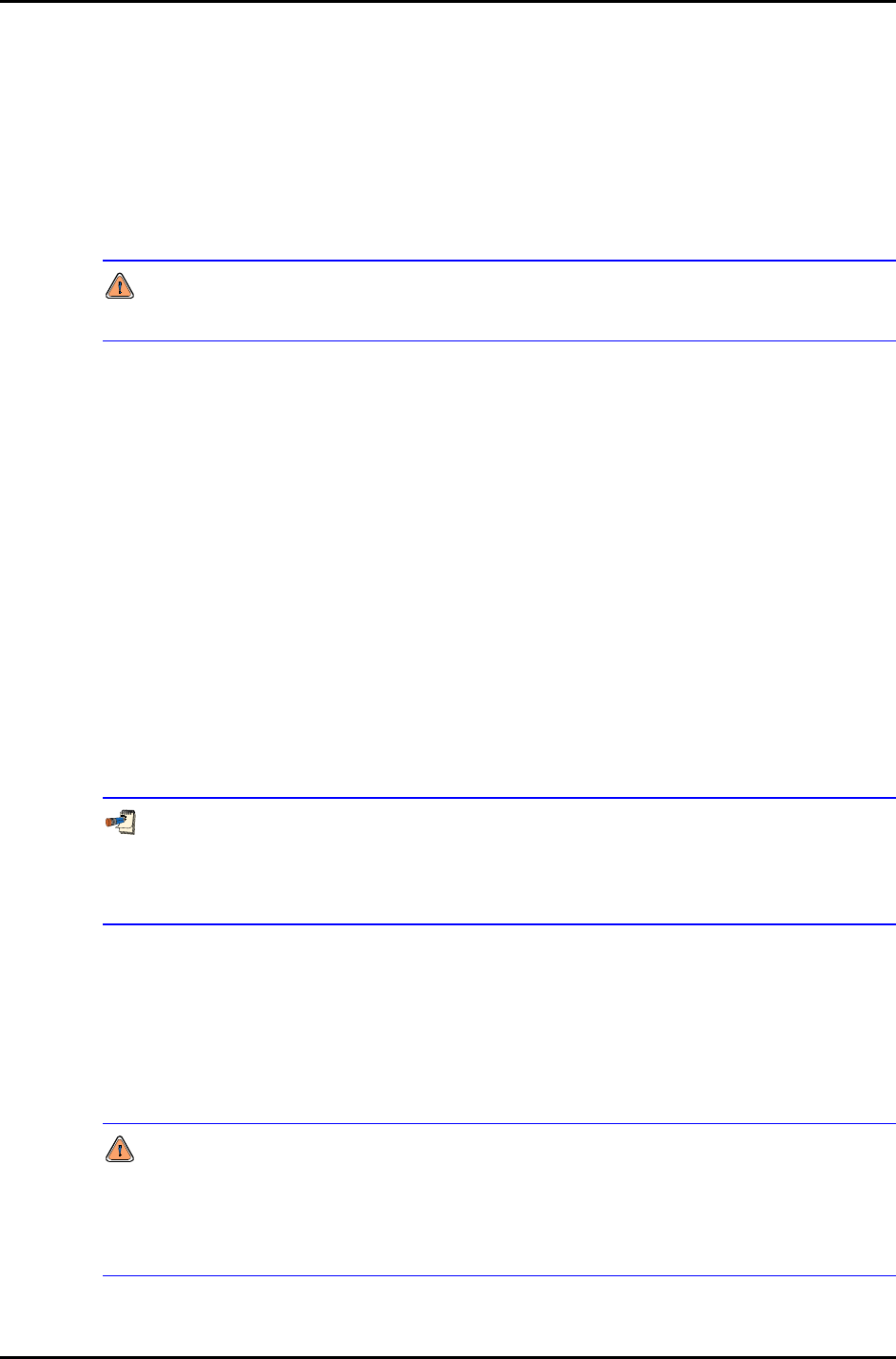
3. OPERATION
Page 21 © 2007 DH Instruments, a Fluke Company
The Lo Q-RPT isolation valve (3) isolates and protects the Lo Q-RPT from the TEST port
when it is closed (knob fully CCW) and opens the Lo Q-RPT to the TEST port when it is open
(knob fully CW).
The Valve Position LEDs (2, 4) indicate the position in which the valve knob should be set
based on the current Q-RPT selection on the RPM4. If the Hi Q-RPT is selected, the LO Q-
RPT SHUT OFF LED (2) is lit indicating that the valve knob should be turned fully CW to
close the valve, protecting the Lo Q-RPT from high pressure. If the Lo Q-RPT is selected,
the LO Q-RPT ACTIVE LED (4) is lit indicating that the valve knob should be turned fully
CCW to open the valve, connecting the Lo Q-RPT to the test pressure.
The HPMS isolation valve (3) must always be in the closed position (knob fully CCW) when
operating at pressure greater than 3 000 psi (20 MPa).
The CAUTION LO Q-RPT ACTIVE LED (5) is used to indicate that the Lo Q-RPT is active and
provide an alert when the Lo Q-RPT is active but a Hi Q-RPT range is selected on the RPM4.
The CAUTION LO Q-RPT ACTIVE LED (5) is driven by the value of pressure currently measured
by the Lo Q-RPT , it is not driven by the valve position as there is no sensing of the valve position.
The CAUTION LO Q-RPT ACTIVE LED (5) has three possible conditions:
• LED is OFF: The Lo Q-RPT is NOT active. The Lo Q-RPT is considered active when it
measures a pressure greater than about 30 psig (200 kPa).
• LED ON continuously: The Lo Q-RPT IS active and the Lo Q-RPT is selected on
the RPM4. The LED is lit as a reminder that the Lo Q-RPT is active and pressure over its
maximum working pressure of 3 000 psi (20 MPa) should not be applied.
• LED is flashing ON/OFF accompanied by high frequency beeps and <!!LO Q-RPT
ACTIVE!!> displayed by RPM4: Lo Q-RPT IS active and the Hi Q-RPT is selected on
RPM4. The Lo Q-RPT should NOT be exposed to pressure when the Hi Q-RPT is
selected. Exposing the Lo Q-RPT to pressures for which the Hi Q-RPT is normally used,
will overpressure and damage the Lo Q-RPT Vent pressure from the RPM4 and shut off
the Lo Q-RPT with the Lo Q-RPT shut off valve before continuing to use the Hi Q-RPT.
If the Hi RPT is selected with the Lo Q-RPT active, RPM4 goes into an alarm condition to avoid
accidental overpressure of the Lo Q-RPT while using a Hi Q-RPT. The pressure on the Lo Q-RPT must be
reduced to less than 30 psig (200 kPa) so that the CAUTION LO Q-RPT ACTIVE LED is OFF before
shutting the Lo Q-RPT shut off valve and selecting the Hi Q-RPT.
The HPMS pressure relief valve (Figure 10, Ref 3) is set to open at 110 % of the RPM4 Lo
Q-RPT maximum range. When the pressure applied to the Lo RPT reaches approximately
3 300 psi (23 MPa), the pressure relief valve will open exhausting gas to atmosphere and
reducing pressure. Prior to opening the pressure relief valve, the RPM4 will have gone into
an overpressure condition (see Section 3.4.4.1). If an overpressure condition occurs, reduce
pressure as soon as possible. The pressure relief valve will reseat automatically and close
when pressure is reduced.
Do NOT overpressure the Lo Q-RPT. The Lo Q-RPT may be damaged beyond repair by
pressure greater than 3 300 psi (23 MPa). Q-RPT damage from overpressure is logged in user
and factory maintenance pages and is not covered by the product warranty. The HPMS pressure
relief valve should only be considered a last resort means of protecting the Lo Q-RPT. Following
proper operating procedures, the Lo Q-RPT should never be overpressured.



